How Can You Tell If Your Grandmother's Pearls Are Real?


Worried your grandmother's treasured pearls may not be real? You are not alone. Many heirloom pearls are beautiful, but their authenticity is undetermined. Knowing the difference between real and fake pearls can help preserve their value.
The fastest way to confirm if pearls are real is by using the "tooth test." Gently rub a pearl against your front teeth. Real pearls have their natural layers, and these will feel gritty like sandpaper. Fake pearls are most often glass or plastic and feel smooth.
Still interested? From the weight test to checking for luster, there are more simple methods to tell if pearls are real. Let's review the following easy ways to identify this truth!
Considering Your Grandmother's Era

If you check out your grandma's pearls, the period they're from can tip you off to whether they're real or not. Pearls have been made in different ways over the decades—sometimes natural, sometimes synthetic.
Let's help you figure out what you've got:
Pre-1920s Pearls
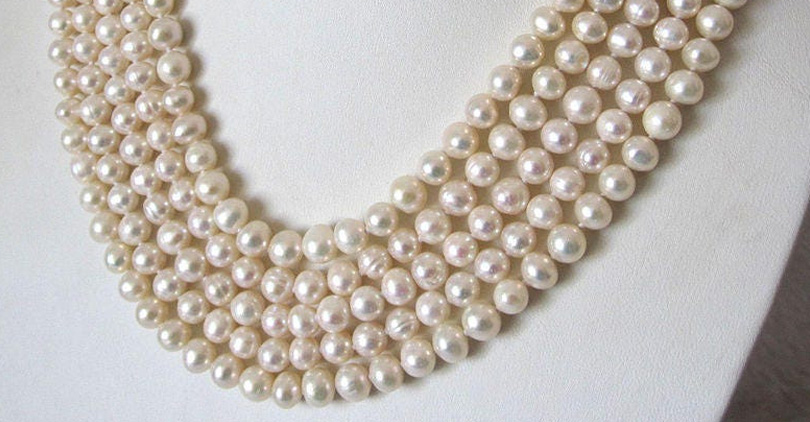
If your grandma's pearls are pre-1920s, there's a good chance they're real. Back then, natural pearls were rare and expensive. You might see them in antique jewelry handed down through a family.
These wild-caught gems came from oysters (and other mollusks). They were harvested in very limited quantities, and because of this, their value ran high.
1920s-1930s Pearls
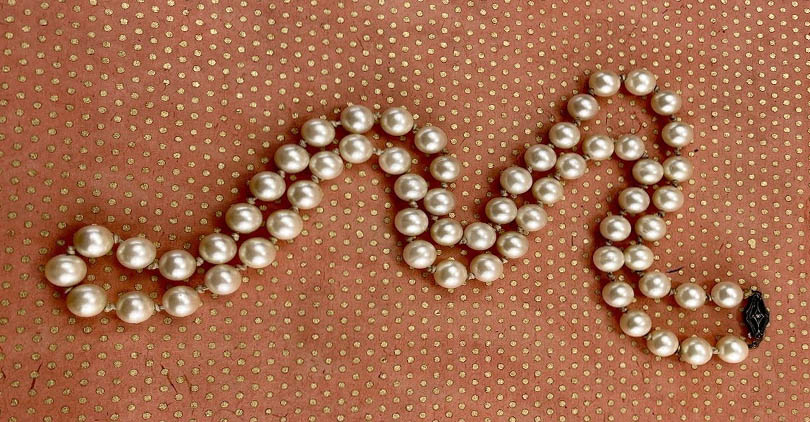
During the Roaring Twenties, there was a big change. Advances in industry meant fake pearls were available on a massive scale for the first time ever. These imitation or "faux" pearls looked really good. They were made from glass beads coated with fish scales (or, later, synthetic materials).
Lots of women liked them because they seemed elegant and classy. But they were also cheap. Today, if you find a string of round white beads from this era that look as good as new, they could be high-quality fakes.
Mid-20th Century Pearls (1950s and Beyond)
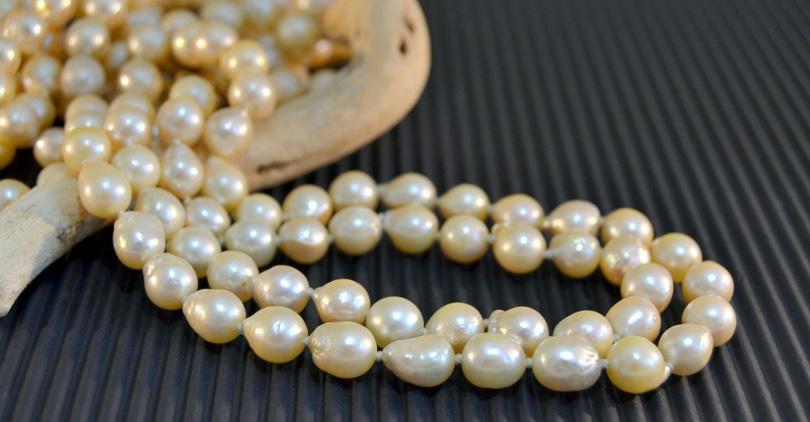
From 1950 onwards, most people bought man-made pearls. The reason? Well, scientists had developed new materials that made fake pearls much more like real ones than ever before.
An American brand called Richelieu started selling these improved imitation pearls. They looked amazingly good. And they were not expensive.
Genuine pearls from this period were generally small: between 4mm and 6mm. If you wanted big pearls, then either they cost a fortune or what you got was fake.
Tests to Identify Real Pearls
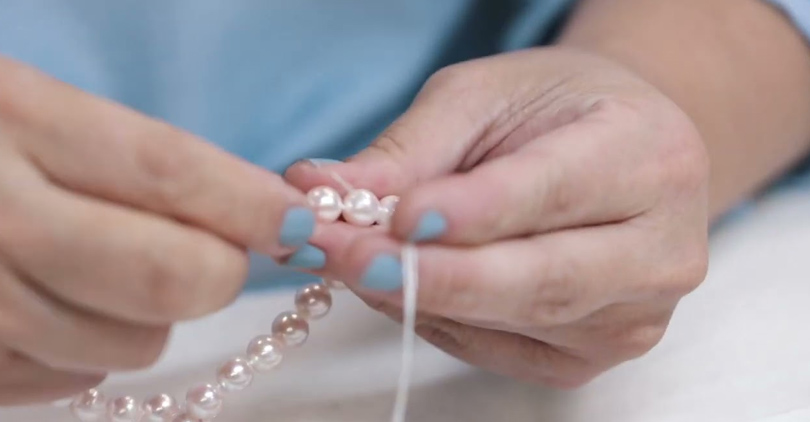
Do you want to know if your pearls are genuine? These are DIY tests that will help you learn whether your pearls are real or fake – and they don’t take long. Let’s begin!
The Texture Test
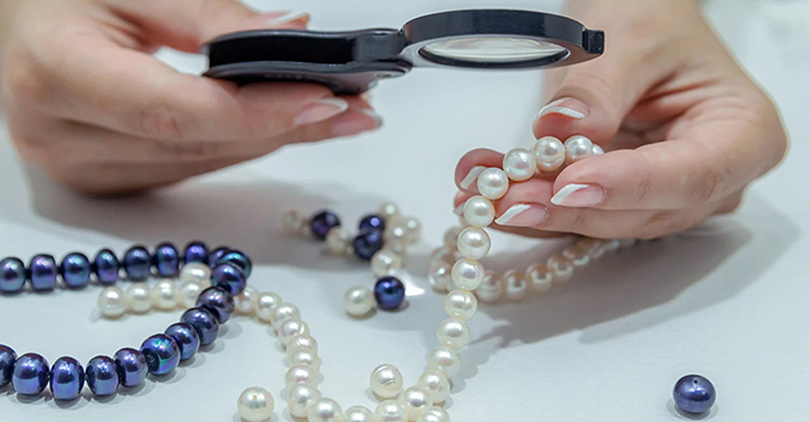
Real pearls have a characteristic feel. Gently rub one against the front of your teeth (not too hard; you don’t want to damage it). If it feels slightly gritty or like fine sandpaper, then it's probably real.
This slightly rough texture comes from tiny natural layers of nacre. Imitation pearls, however, feel smooth because their surfaces are made of glass or plastic.
The Weight Test
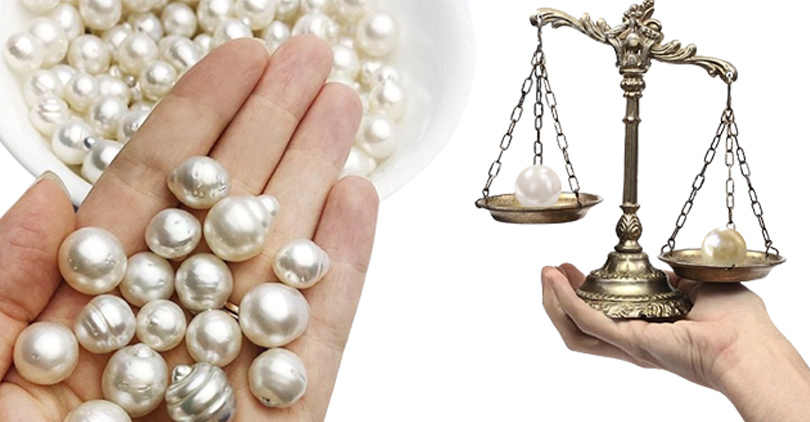
Generally speaking, real pearls feel heavier than fakes. Hold a couple in your hand and compare their weight with that of a glass or plastic imitation. You should be able to tell the difference quite easily.
If you’re still unsure after this, take one of the pearls and drop it gently onto a hard, even surface. If it’s real, the sound upon impact will be softly solid; you’ll know when you hear it!
The Luster
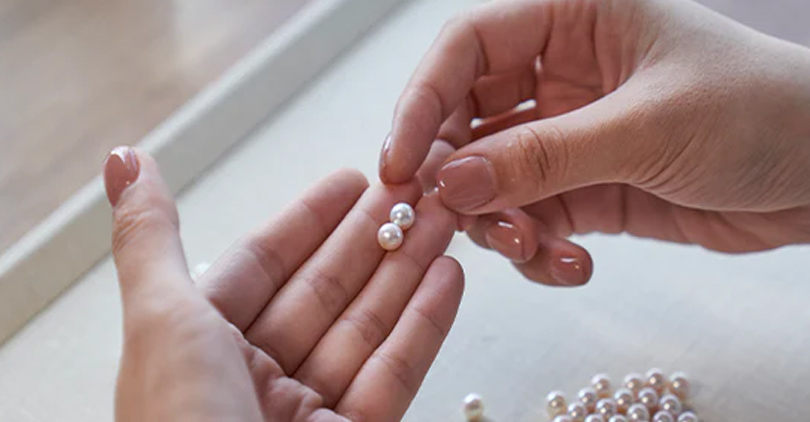
Luster is the shine or glow of pearls. Genuine ones will reflect light with a lovely iridescence – you’ll notice they gleam more than fake pearls under bright lights.
Another tip: Are they too shiny to be real? You might see a reflection on both real and fake pearls, but fake pearls often have a sharper, more defined reflection. Natural pearls have a softer, subtler luster.
Examine the Drill Holes
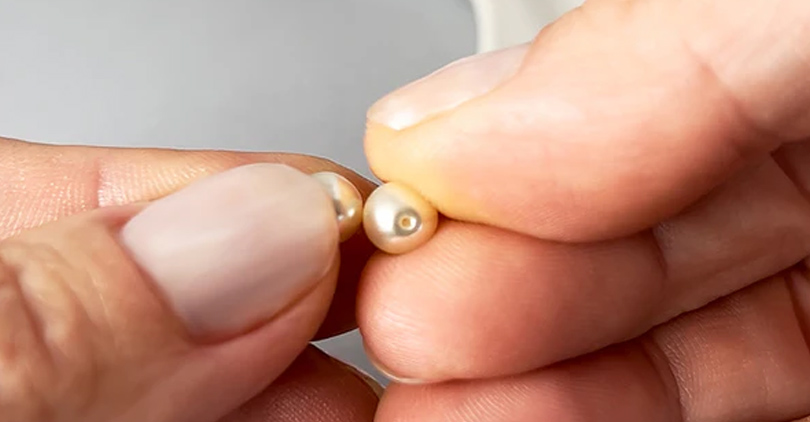
Look closely where a string was strung through pearls. The drill holes on real pearls are often small and fine to preserve the pearl's weight. If the nacre is visible inside (those shiny concentric circles), it is even better.
A painted or coated surface may reveal a contrasting base color when magnified—usually something chalky or yellowish. Sure sign they’re imitations!
The Surface Inspection
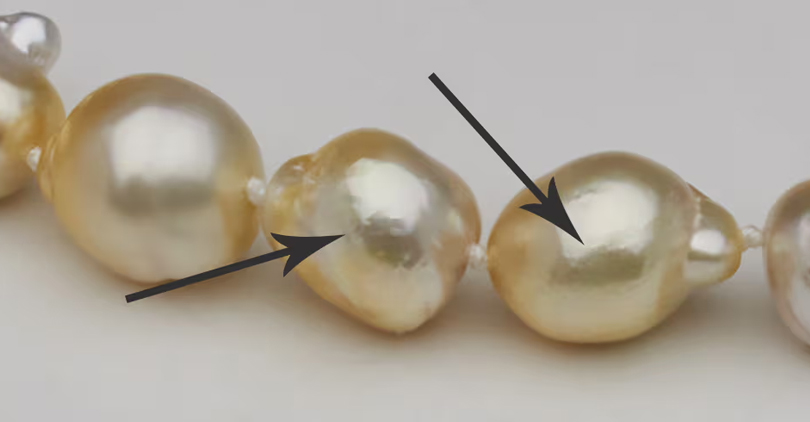
Each genuine pearl is unique. To tell if pearls are real, inspect them closely. Natural ones often have ridges, dots, or pits that give them personality.
Fake pearls look flawless. They’re completely smooth with no blemishes at all.
Clasp and Thread
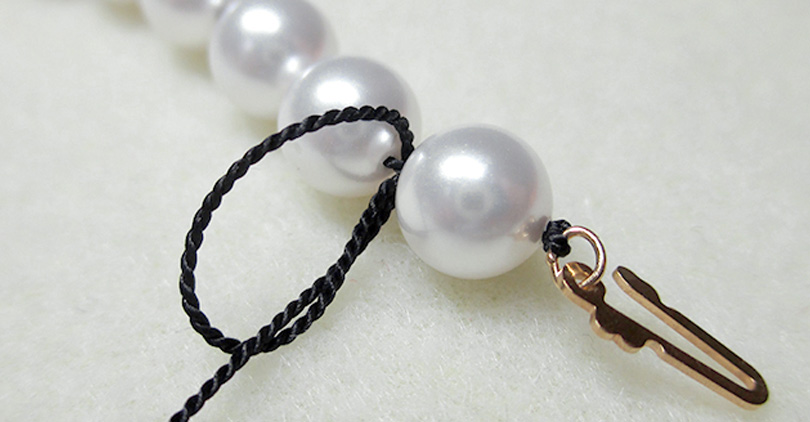
Examine the necklace’s clasp and thread. If the clasp feels flimsy or appears plated, it may indicate lower quality.Grandma's genuine pearl necklace is likely to have a solid, well-crafted clasp.
The thread might be knotted between each pearl to stop them from rubbing together. Cheap imitation pearl necklaces usually have simple clasps and no knots at all.
Real or Fake, They Still Carry Emotional Value

Whether real or imitation, pearls carry more than just beauty; they carry memories – a piece of family history. They tell stories.
Stories of love and celebration, of special moments shared by generations past. An emotional worth is impossible to calculate.
These pearls were their grandmother’s on her wedding day? Did she give you herself so that you have become linked within an endless chain of treasured heirlooms?
It doesn't matter: if meaning runs deep, authenticity is irrelevant. This is their value - truly timeless.
Conclusion

Pearls are not only jewelry but timeless treasures with stories, memories, and a touch of history. Whether real or fake, what makes them beautiful is the emotions and relationships they represent.
From grandma's favorite necklace to the fashion-forward flappers of the 1920s. Yes, pearls have always stood for love, legacy, and pure class.
Sure, it's fascinating to find out if your pearls are genuine. But their sentimental value is what really shines through! These fragile gems link you to bygone days (adding grace) as they brighten up everyday life, too.
Whether they cost lots of money or almost nothing at all, priceless things about YOUR OWN PEARLS include treasured memories. So take care of them well and let the storytelling continue.


Leave a Comment